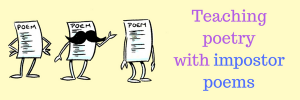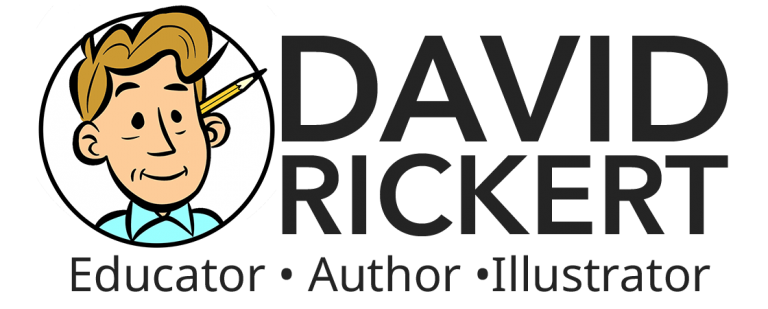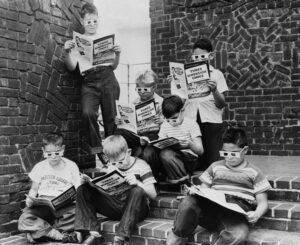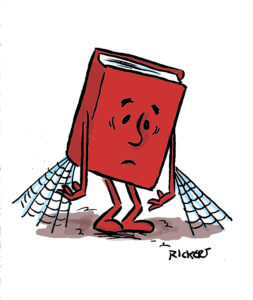
Teaching Poetic Devices Using Impostor Poems
Sometimes when I teach poetry I get caught up in getting my students to understand what a poem means and neglect how poetic devices help create that meaning. Diction, syntax, rhyme – all of these are tools poets use in their writing. But how can we get students to understand how



